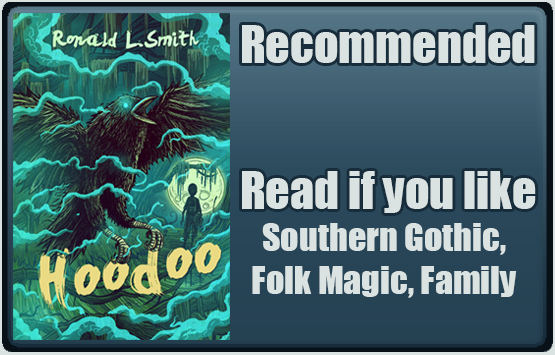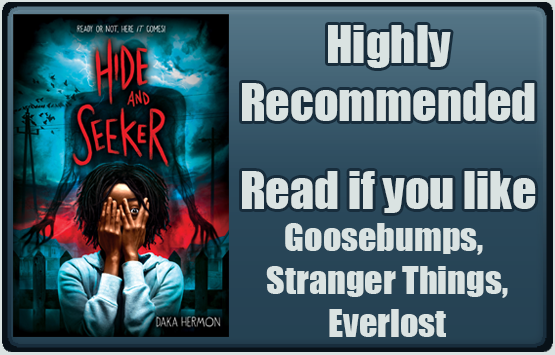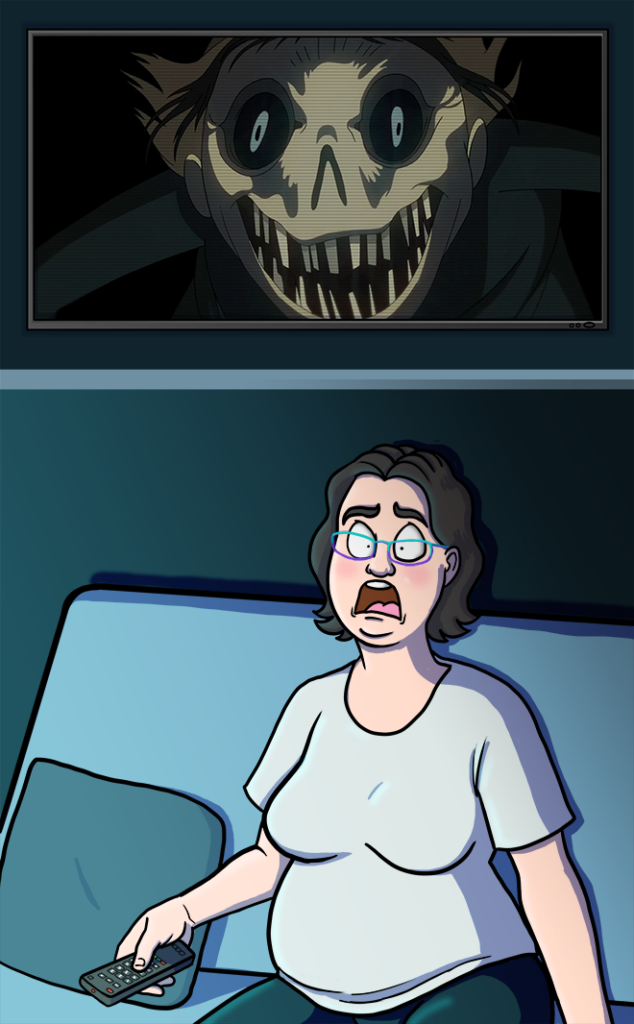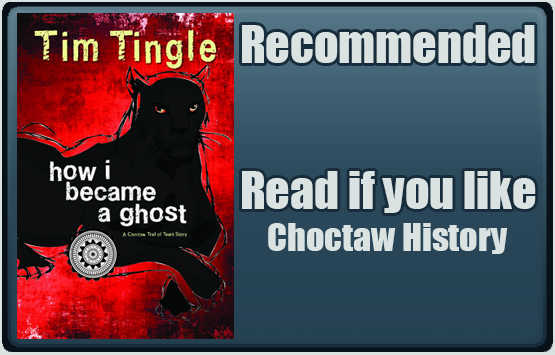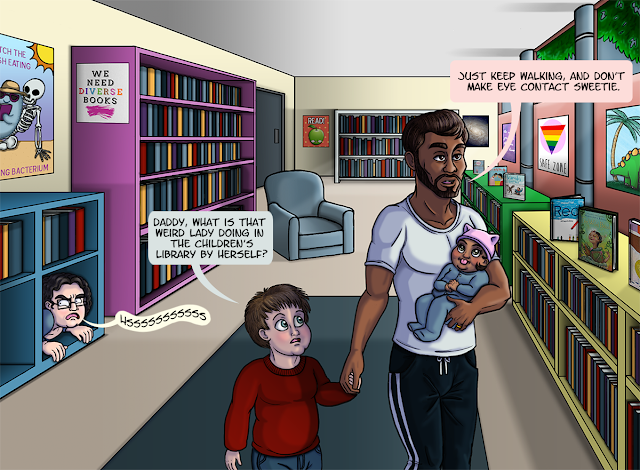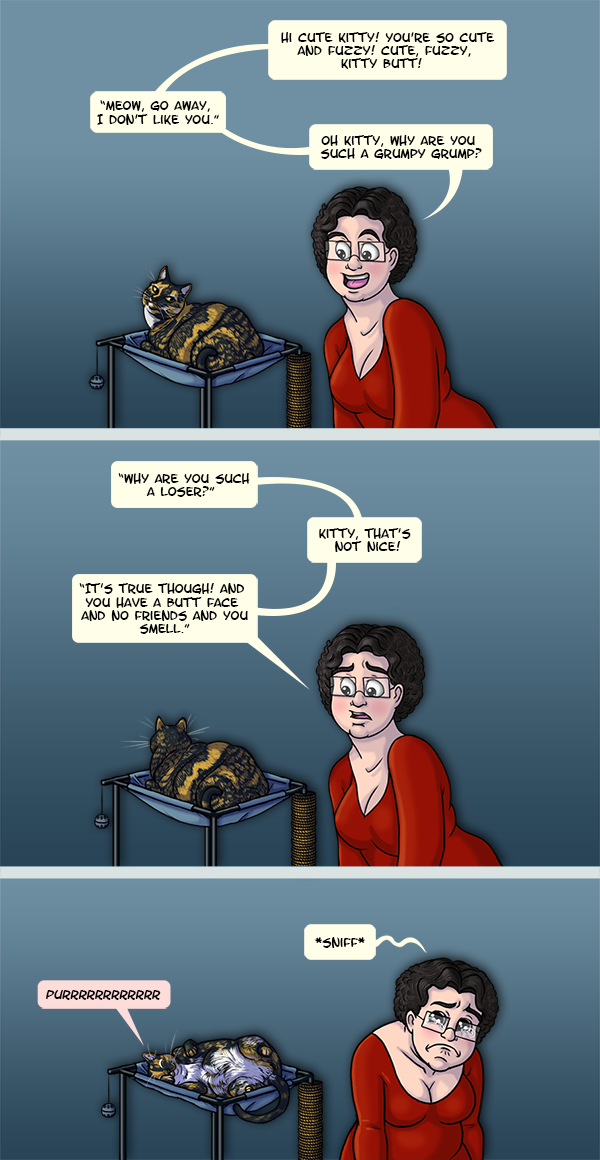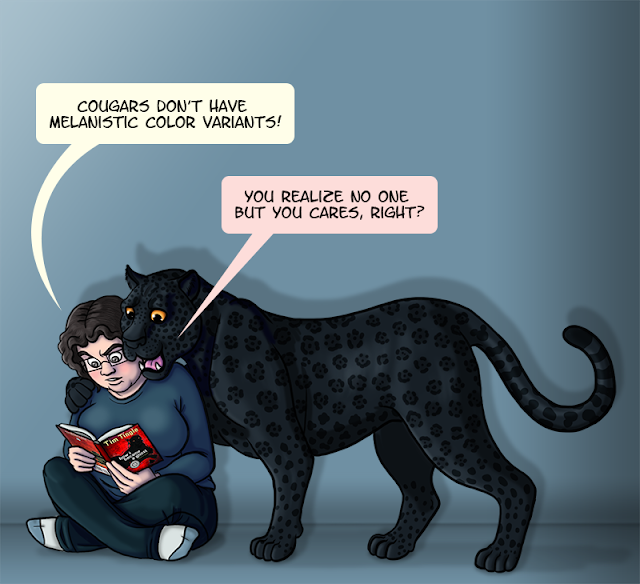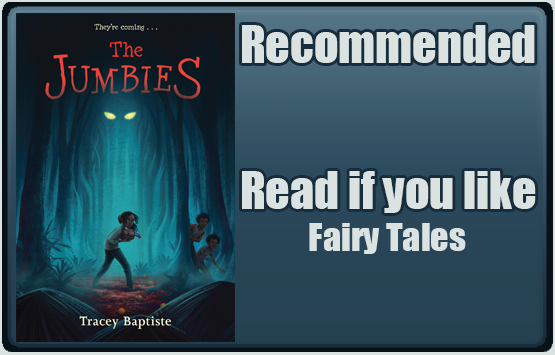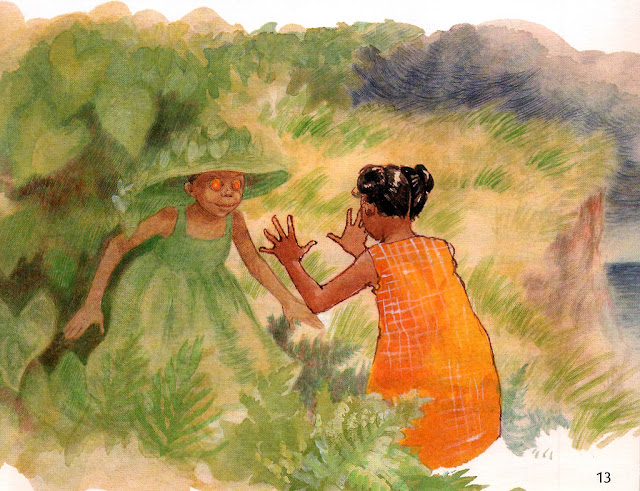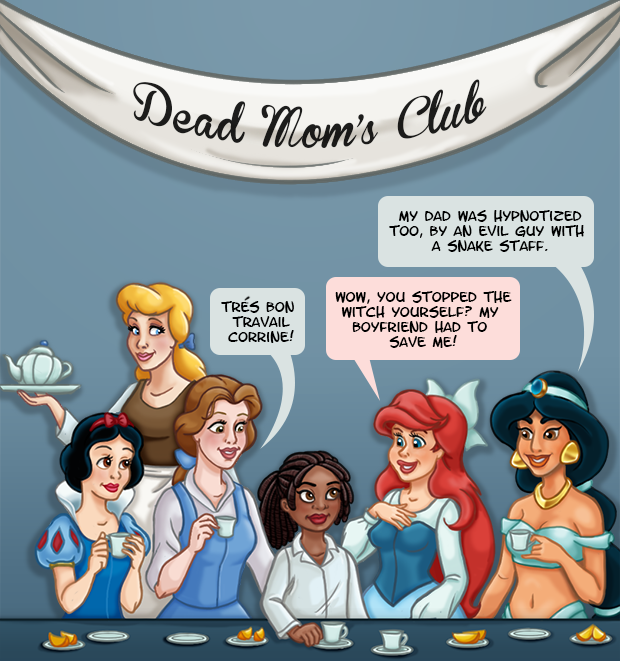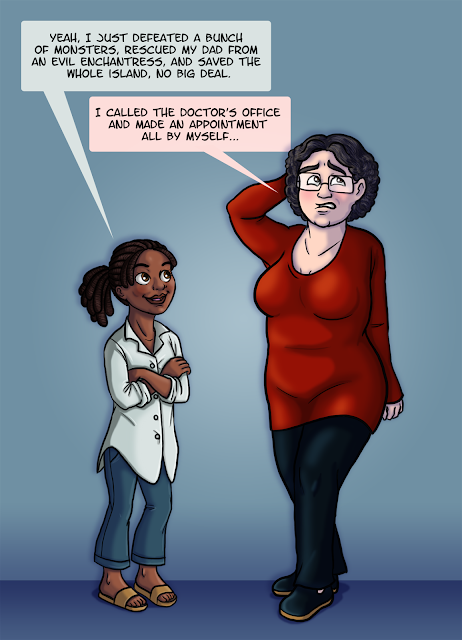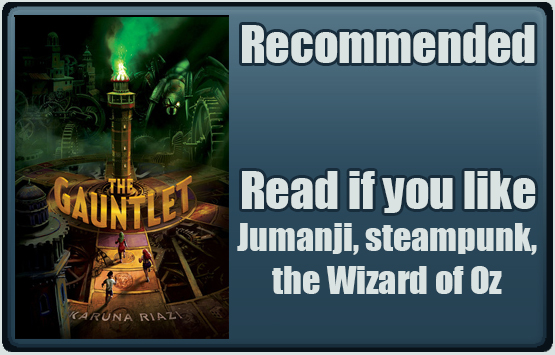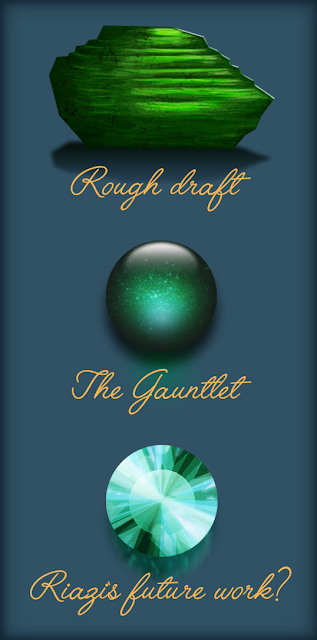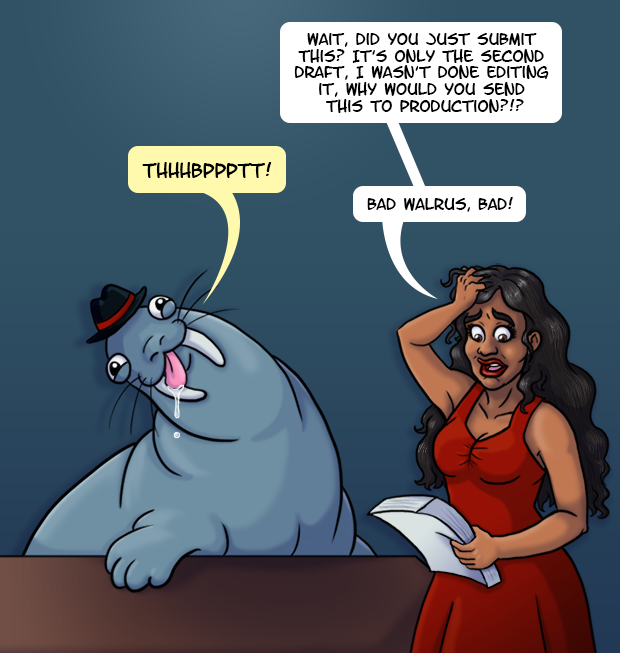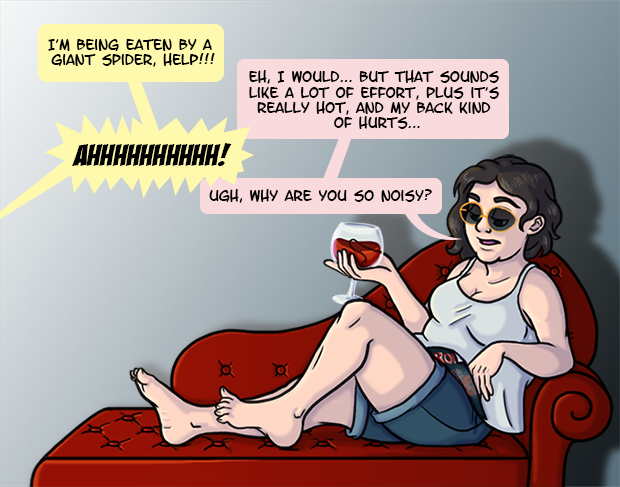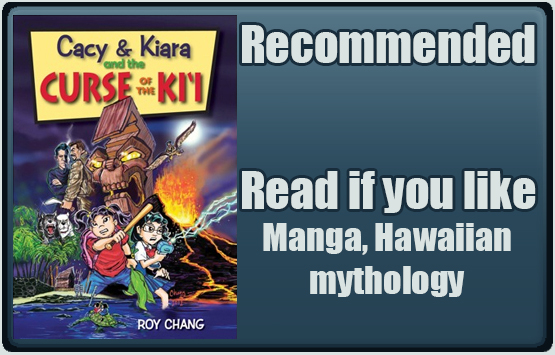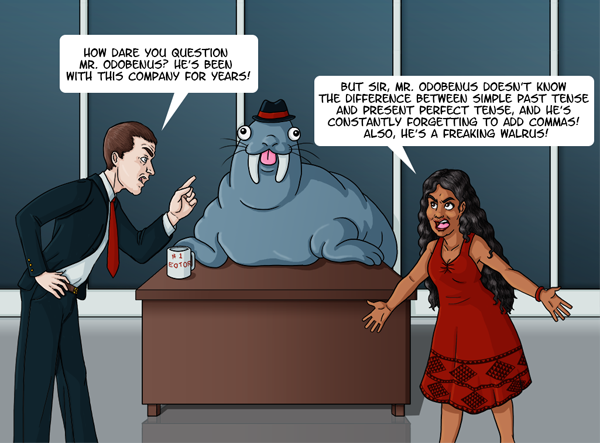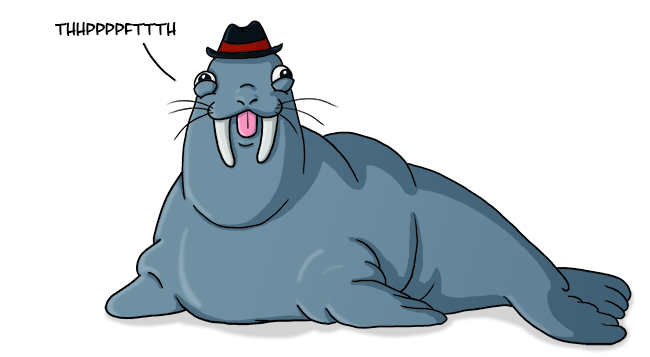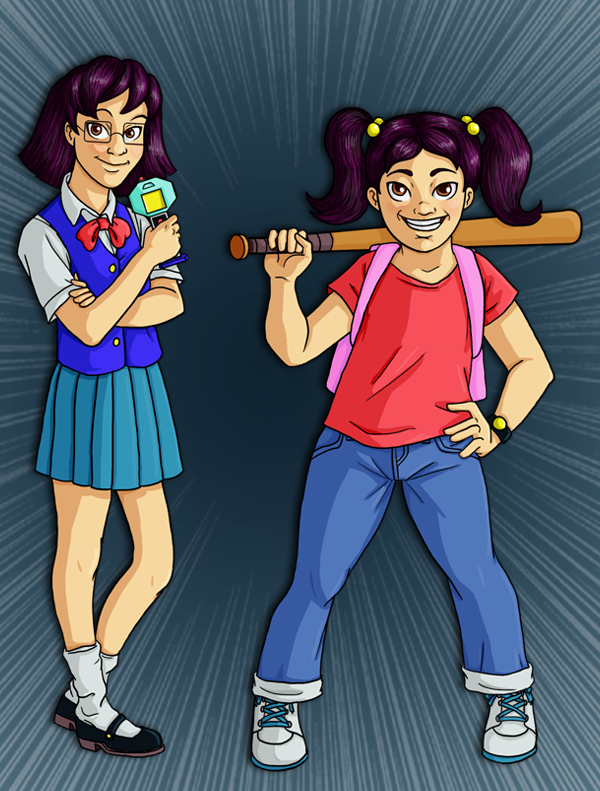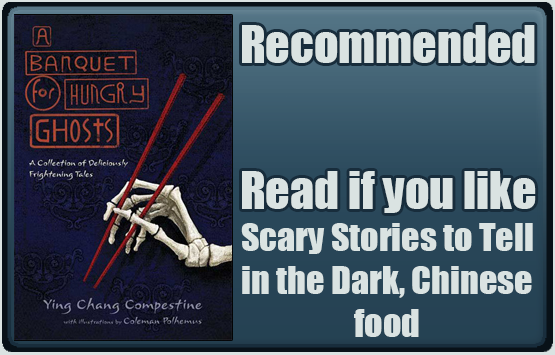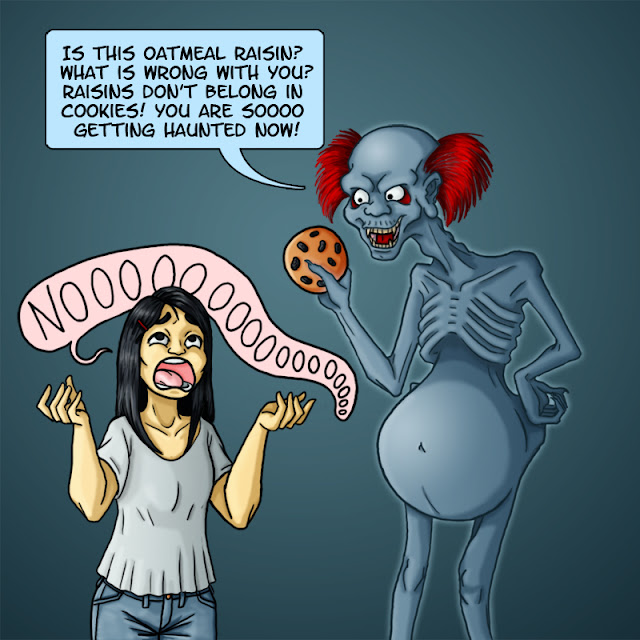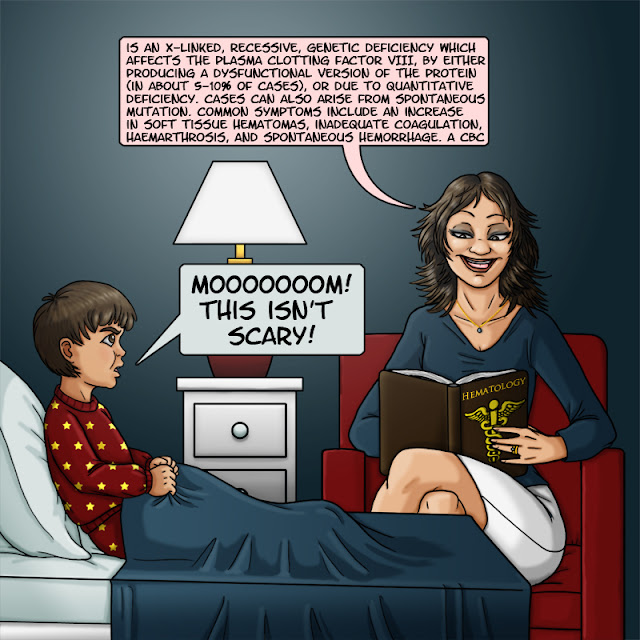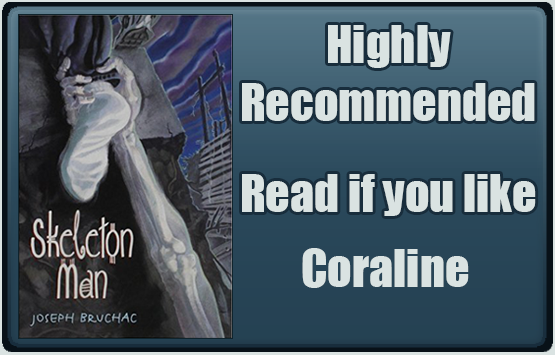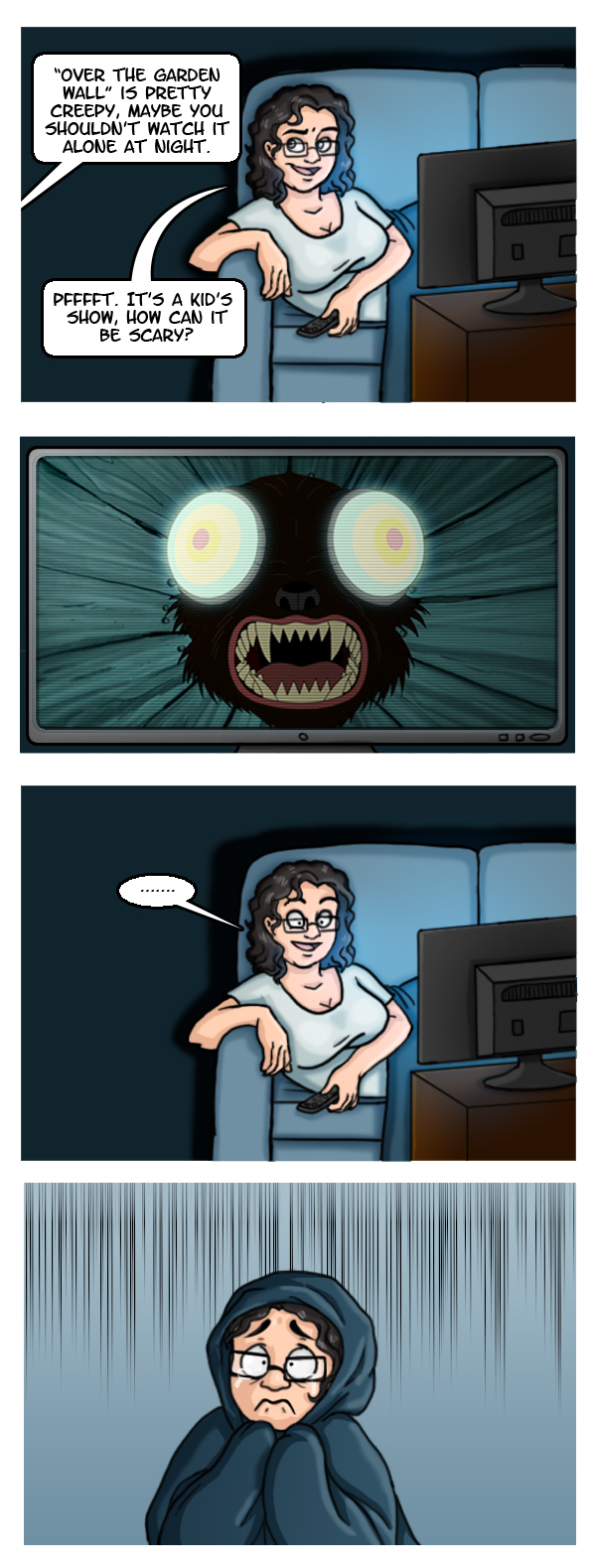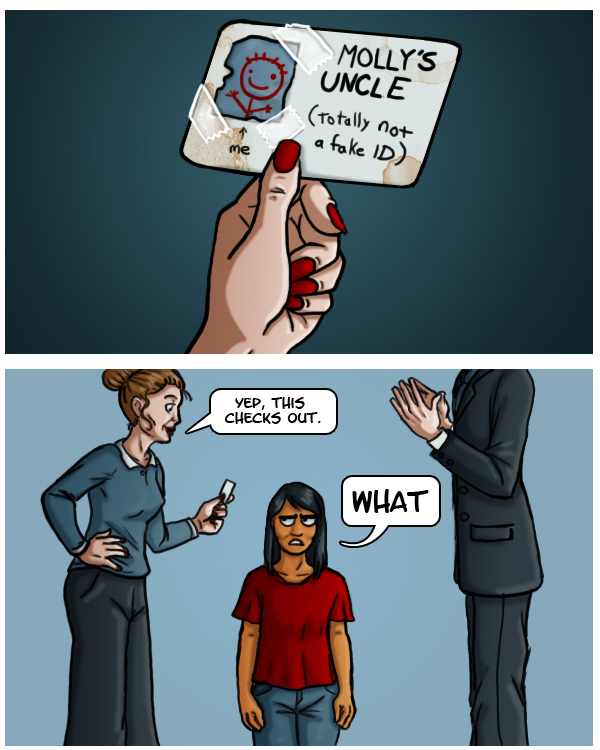Formats: Print, audio, digital
Publisher: Clarion Books
Genre: Folk Horror, Historic Horror, Demon, Occult, Myth and Folklore
Audience: Children
Diversity: BIPOC (Black, African American, Caribbean American)
Takes Place in: Alabama, USA
Content Warnings (Highlight to view): Animal Death, Bullying, Child Endangerment, Death, Illness, Racism, Physical Abuse
Blurb
Twelve-year-old Hoodoo Hatcher was born into a family with a rich tradition of practicing folk magic: hoodoo, as most people call it. But even though his name is Hoodoo, he can’t seem to cast a simple spell.
Then a mysterious man called the Stranger comes to town, and Hoodoo starts dreaming of the dead rising from their graves. Even worse, he soon learns the Stranger is looking for a boy. Not just any boy. A boy named Hoodoo. The entire town is at risk from the Stranger’s black magic, and only Hoodoo can defeat him. He’ll just need to learn how to conjure first.
Set amid the swamps, red soil, and sweltering heat of small town Alabama in the 1930s, Hoodoo is infused with a big dose of creepiness leavened with gentle humor.
I really wanted to love this book. I really, really did. The cover art is dark and beautiful, the premise sounded right up my alley, the story is inspired by African-American folklore and oral traditions, the villain is genuinely creepy, the representation of Hoodoo feels authentic rather than sensationalized, and it’s a historical novel with a Black main character that isn’t about oppression and racism *gasp*. I was so hyped up for Hoodoo and ready to fall in love. And I will say, the ideas behind the story are great, I like the characters and I like the concept. The execution? Not so much.
Now Hoodoo isn’t a bad book by any stretch, and I think part of the issue may have been that this is a story intended for kids, and I probably would’ve loved it a lot more if I were a child. The other problem was that I had incredibly high expectations going in, which would be hard to live up to, and that’s on me. It’s also important to note that my lukewarm feelings toward the story also seem to be in the minority: other reviews I’ve read have all been glowing endorsements, so I’m probably just being a grumpy, nit-picking potato. I still recommend checking it out, especially for young readers who love spooky stuff, it just wasn’t as amazing as I was hoping. I had a lot of issues with Hoodoo that prevented me from enjoying the book as fully as I desired to.
For one thing, the pacing is all over the place. The villain doesn’t get enough of a buildup before his big reveal, and the ending feels rushed while other scenes dragged on, especially in the beginning. Unnecessary details got more focus than I felt they deserved. It’s a serious bummer when the final showdown between the villain and the hero is only a page or two long and he’s defeated with so much ease. Instead of driving forward, the plot just kind of wandered around aimlessly until it got distracted by something shiny. Characters and ideas were introduced then abandoned, appearing for one or two scenes before vanishing into the plot hole from which they came, never to be heard from again. It’s like Smith had written this long, epic story, but had to cut the book down to fit in a 200-page kids book, and he just randomly chose what to remove in last minute panic.
It’s annoying that otherwise interesting characters are reduced to one-scene wonders, but it’s even more annoying that their sole function is to drop solutions in Hoodoo ‘s lap any time he encounters an obstacle. This greatly minimizes the sense of danger, because every problem seems to get solved (whether for better or worse) almost immediately. Too bad the Fellowship of the Ring didn’t have this kid, it’d probably cut their travel time in half, Sean Bean might still be alive, and Sauron would’ve been taken out with one punch. I get that Deus Ex Machina is par for the course with these kinds of stories, but at least pretend the hero might not make it by building the suspense a little, or making them really work for a solution. It’s hard to feel like there’s anything at stake when a random talking crow or another seemingly random character swoops in to save the day without Hoodoo having to do much on his end. I guess that’s why he keeps stubbornly refusing his family’s help like a jerk, because his magic causes everything to just work out with minimal effort. At least, that’s what I assume it does since it’s never really explained how Hoodoo’s powers work other than some really vague hints.
Hoodoo can also be a pretty vexing narrator. He has a habit of defining random words and then ending his sentence with “If you didn’t know”. I know this is probably the most random, arbitrary nitpick, but while it was only mildly irritating the first half-dozen times, by the third chapter I could barely suppress my urge to scream and punch something every time Hoo Doo felt like he had to explain what Molasses or an Outhouse was, then end the sentence with “if you didn’t know”. I KNOW WHAT AN OUTHOUSE IS GET ON WITH THE STORY BEFORE I THROW YOU IN ONE. I get that the book is for kids, and they may not know what cracklin’ is, but I’m pretty sure most children who are capable of reading a chapter book are also able to perform a basic Google search or use a dictionary. And that’s assuming they can’t just figure out a word from context. I didn’t know what “Squirrel Nut Zippers” were before reading this (ironically the one thing Hoodoo didn’t feel like explaining) but I was still able to discern that he was talking about a sweet and not the swing band based on the context. And then I Googled it and learned that Squirrel Nut Zippers are a vanilla flavored caramel candy mixed with peanuts. So now I know that random bit of trivia and that Hoodoo likes gross candy. Maybe it was an attempt by Smith to make his character sounds more “natural” when he’s talking to the audience, but I felt like the narrative came to a screeching halt every time Hoodoo whipped out his annoying catchphrase. Maybe (probably) I’m just really, easily annoyed but all the “If you didn’t know”s were like nails on a chalkboard and distracted me from trying to enjoy the story.
And while I’m dumping on Hoodoo, here’s something else that made my hackles rise; while talking about his best friend, Bunny, he says “That’s what I liked about her. She wasn’t like the other girls at the schoolhouse. She did everything a boy did and some things even better.” Saying a girl “isn’t like other girls” isn’t an empowering compliment, you just insulted her entire gender and basically told her “wow, you don’t suck like all those other icky girls” in addition to implying that women who are more like men are somehow better. Seriously, don’t try and compliment a woman by putting other women down, or tell her “you’re not like other women, you’re more like a man”. Being masculine or feminine shouldn’t be a compliment or an insult, and people aren’t better or worse by being one or the other. Bunny is a pretty cool character and all, but I could have done without Hoodoo’s sexist comments (which are never called out in the story itself).
Despite all the pacing issues, and the protagonist’s exasperating habit of defining every piece of Soul Food he comes across (I KNOW what grits are, you don’t have to stop the story and tell me!!!!) there was still plenty to enjoy. Namely, that we get a piece of historic fiction with a Black protagonist that isn’t about racism or segregation. *gasp* Look, narratives about how poorly Black people have been treated (and are still treated) in this country are both important and necessary, and something every child should learn about. The ugliness of slavery, segregation, Jim Crow laws, and the history of racism that still exists in this country shouldn’t be glossed over, hidden, or worse, perpetuating the myth of the smiling slave and the benevolent slave owner (looking at you A Birthday Cake for George Washington, you were published in 2016, you should know better), and I commend schools that teach kids about these issues. But, it’s still problematic when all the books about Black people focus only on segregation, slavery, and sports. Or, as librarian and author Scott Woods puts it, boycotts, buses, and basketball. That’s not all there is to Black culture and Black Americans!
Where are the stories where Black kids just have a fun adventure for the sake of a fun adventure? Where’s the escapist fiction and epic tales with the Black hero? Where are the biographies of black scientists, inventors, artists, and entrepreneurs? I tried to think of all the books with Black protagonists I was assigned in grade school, way back in the 90s (by my white teachers, in my mostly white school, where there were literally so few BIPOC that we all knew each other), and all I could remember reading was Roll of Thunder, Hear My Cry in fourth grade. At first, I thought I just had a faulty memory, since I’m old and forget everything. I asked two of my siblings if they could recall any African American literature from our school days. My sister said “No, but I read Beloved in High School”, and my brother was pretty sure the teacher read the class “some picture book about Jackie Robinson”. So yeah, segregation, slavery and sports. Apparently making us read one depressing story by a Black author during Black History Month was just enough to alleviate my grade school’s White guilt, and then they could all pat themselves on the back for being so woke.
Kids these days (Wow, I sound old) at least have the We Need Diverse Books campaign, and I’m glad for that. I would’ve killed to read a ghost story or a fairy tale with a Black protagonist when I was a child. And that’s what made me so happy about Hoodoo. It’s probably one of the few works of historical fiction (technically fantasy) I can think of that takes place in the Jim Crow south that isn’t entirely focused on oppression of the book’s characters. Hoodoo isn’t a victim, he’s the story’s hero, and he gets to fight the big, bad monster and save his loved ones. It’s a fun, spooky, escapist story with a character children can admire for his intelligence and bravery rather than athletic ability, and the reader gets to learn about Southern Black culture of the time period. There’s still racism lurking in the background, this is 1930’s Alabama after all, as is evident when Hoodoo and Bunny have to go to the carnival on the “colored folk’s” day, or when Hoodoo’s aunt has to go clean for rich, White people, it’s just not the focus of the story. Smith acknowledges that segregation, lynching, and other horrors were a part of life for Hoodoo and his family, and then he moves on with the plot because they’re so much more than just their oppression. Then we get a story of Hoodoo fighting the forces of evil with magic, learning about his past, and being awesome. This is the book every kid who was stuck with a white-washed reading list wished they could’ve read growing up. Despite all my complaining, I truly hope we haven’t heard the last of Hoodoo Hatcher.
